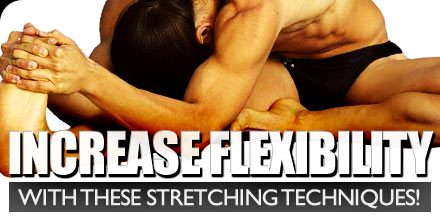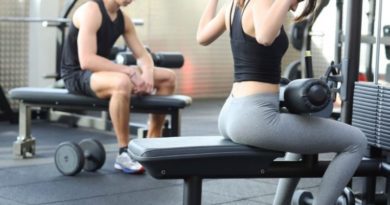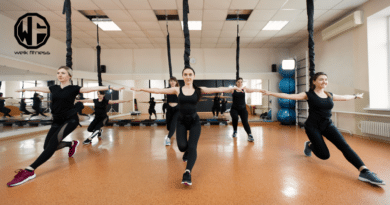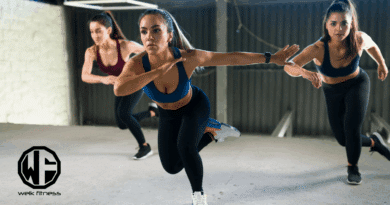Increase Flexibility With These Stretching Techniques
Stretching offers powerful benefits that help you train harder and live better. As a certified strength and conditioning coach with years of experience, I’ve seen firsthand how a smart flexibility routine can be a total game-changer. Let’s explore the most effective stretching techniques to boost your performance and daily life.
Disclaimer: This article is for informational purposes only and is not meant to treat or diagnose any condition. It is recommended that you speak with your doctor before starting any exercise program, changing your daily nutrition, or adding any supplements to your regimen.
Table of contents
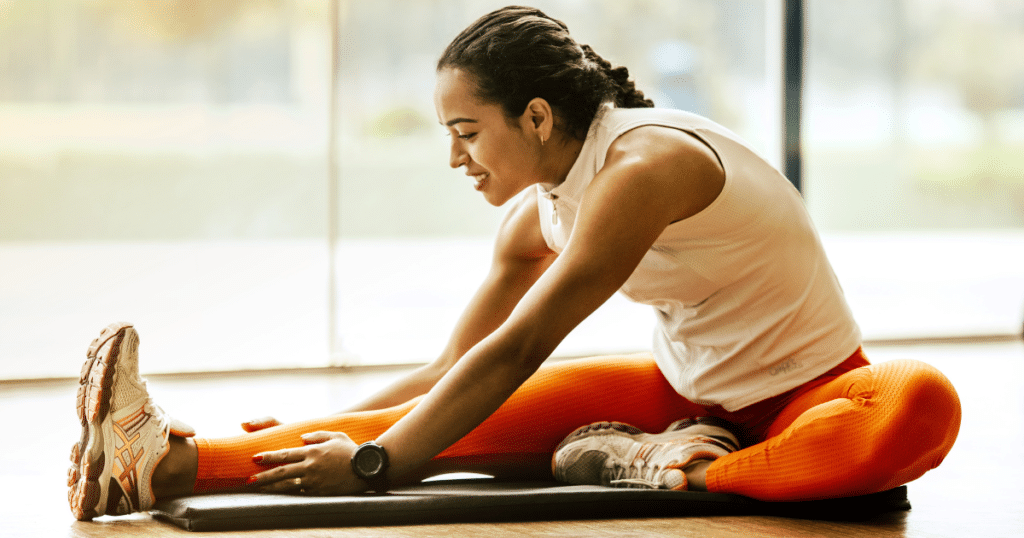
What is Flexibility?
Flexibility is a key component of overall fitness. The American College of Sports Medicine (ACSM) defines it as the ability to move a joint through its complete and normal range of motion.
Think of it as your body’s freedom of movement. Good flexibility helps you perform daily activities with ease and can significantly improve your athletic performance.
ACSM Guidelines
To see real gains, you need to be consistent. The ACSM recommends engaging in flexibility exercises at least two to three days per week, though daily stretching is most effective.
For each static stretch, you should hold the position for 10-30 seconds to the point of feeling tightness or slight discomfort. For older adults, holding a stretch for 30-60 seconds may provide greater benefits. Aim to repeat each stretch 2-4 times to accumulate a total of 60 seconds per exercise.
What Determines Flexibility?
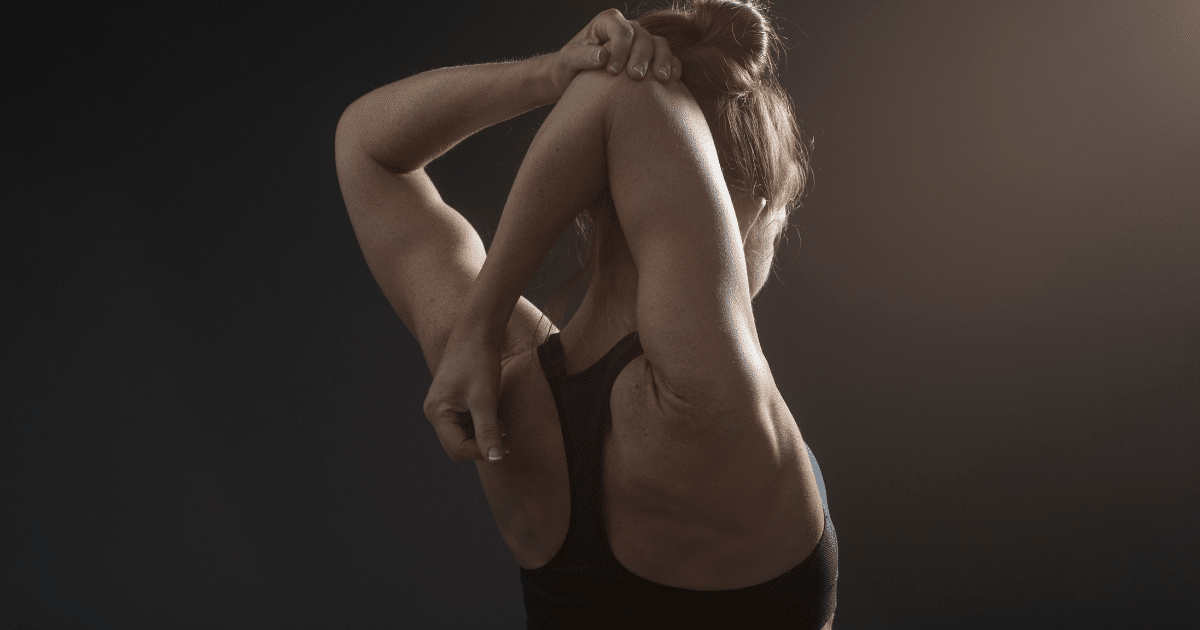
Several factors influence your personal range of motion.
- Joint Structure: The shape of your bones and cartilage sets the ultimate limit for a joint’s movement.
- Connective Tissues: The length and elasticity of muscles, tendons, and ligaments play a huge role. Regular stretching primarily impacts these tissues.
- Nervous System: Your nervous system has protective reflexes, governed by muscle spindles and Golgi tendon organs, that can limit movement if it senses a risk of injury.
- Age and Gender: Flexibility often decreases with age as connective tissues lose elasticity. Hormonal differences generally contribute to women being more flexible than men.
- Physical Activity Level: An active lifestyle promotes flexibility, while a sedentary one can lead to tighter muscles and restricted movement.
- Temperature: Warming up your muscles before stretching increases their elasticity, allowing for a safer and deeper stretch.
Flexibility is also joint-specific. For example, the ball-and-socket joint of the shoulder allows for a greater range of motion than the hinge joint of the knee.
What Are the Main Stretching Techniques?

Understanding the different types of stretching and stretching techniques is crucial for applying them correctly. Each has a specific purpose and time when it’s most effective.
- Static Stretching: This is the most common method, where you stretch a muscle to its farthest point and hold it without movement for a set time, typically 15-30 seconds. It’s best performed after a workout when your muscles are warm to improve flexibility and cool the body down.
- Dynamic Stretching: This involves active, controlled movements through a full range of motion that mimic the activity you’re about to perform. Examples include arm circles and leg swings. Dynamic stretching is ideal for a warm-up as it increases blood flow and prepares muscles for exercise.
- Proprioceptive Neuromuscular Facilitation (PNF): This is a more advanced technique that typically involves a partner. It alternates between a passive stretch and an isometric contraction to achieve greater flexibility gains. Common PNF methods include “contract-relax” and “hold-relax.”
- Ballistic Stretching: This technique uses momentum or bouncing movements to force a muscle beyond its normal range of motion. Due to a higher risk of injury, it’s generally not recommended for most people and is typically reserved for highly trained athletes.
- Myofascial Release: While not a traditional stretch, this technique focuses on releasing tension in the fascia, the connective tissue surrounding muscles. Tools like foam rollers or massage guns, such as a Theragun, are used to apply pressure to tight spots, improving mobility and reducing soreness.
Can Various Stretching Techniques Improve Flexibility?
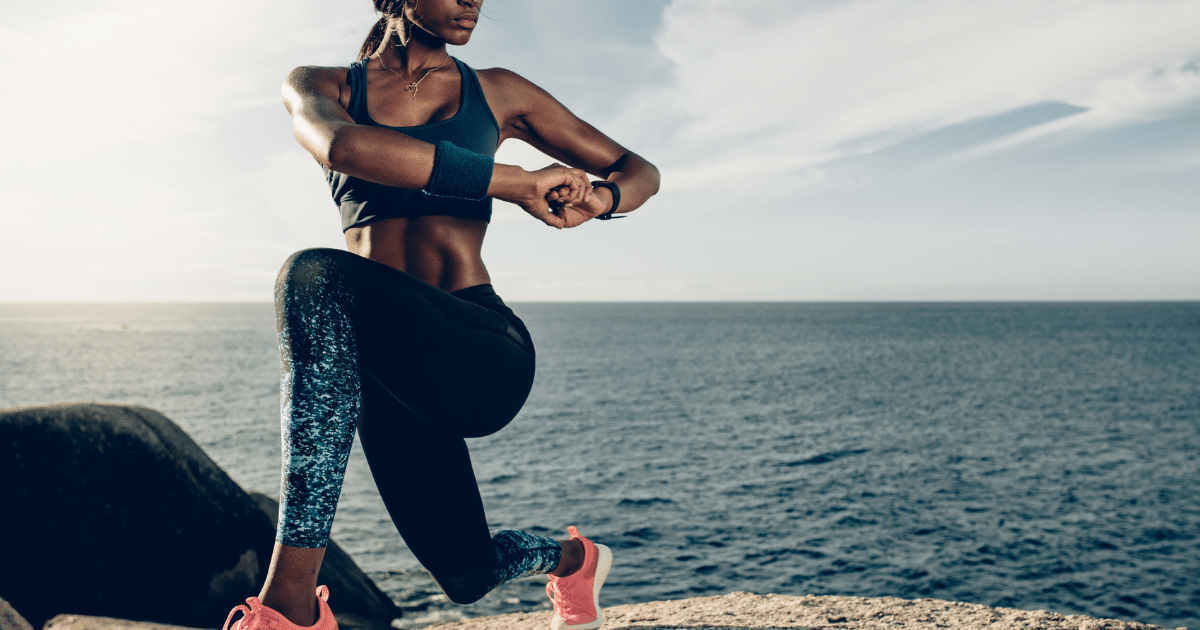
Yes, different stretching techniques absolutely improve flexibility when you do them correctly and consistently. The key is choosing the right technique for the right time. Each method works in a unique way to lengthen your muscles and increase your range of motion.
Static stretching allows muscle fibers to relax and elongate over time. Dynamic stretching improves your active flexibility and warms up the body for movement. Advanced methods like PNF use neurological principles, like autogenic inhibition, to “trick” your muscles into relaxing for a deeper stretch. No matter which you choose, consistency is what leads to lasting results.


*Disclosure: This article may contain affiliate links or ads, which means we earn a small commission at no extra cost to you if you make a purchase through these links. These commissions help support the operation and maintenance of our website, allowing us to continue producing free valuable content. Your support is genuinely appreciated, whether you choose to use our links or not. Thank you for being a part of our community and enjoying our content.
PLEASE CONSIDER SHARING THIS ON YOUR SOCIAL MEDIA TO HELP OTHERS LEARN MORE ABOUT THIS TOPIC.


